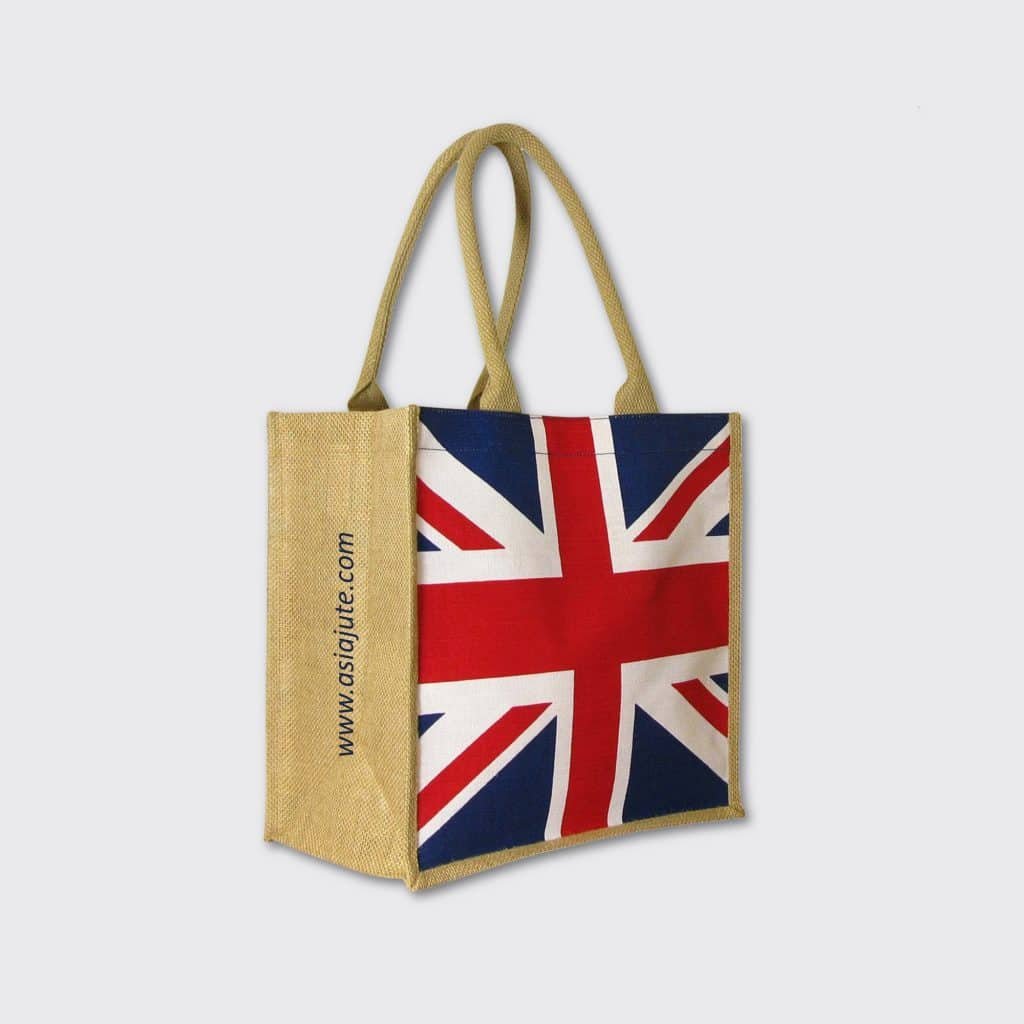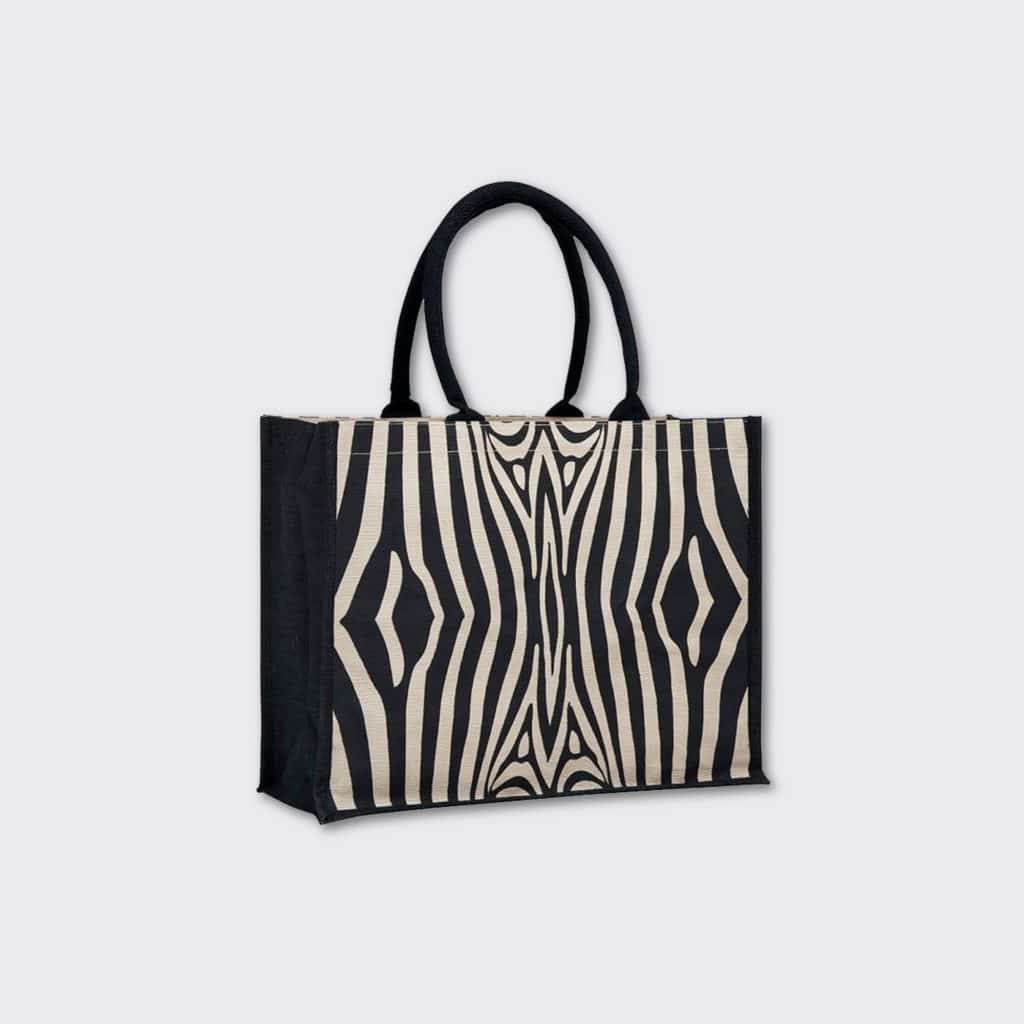Address
Unique Trade Center
(UTC Building) 8 Panthapath,
Kawranbazar, Dhaka - 1215
Corporate Hours
Sunday to Thursday: 7AM - 11.30 AM
Friday to Saturday: Weekend
As the largest producer, supplier, wholesaler, and exporter of the best-trending jute bag sacks in Bangladesh and India, Asia Jute is a superior-quality jute product manufacturer. Asia Jute is also a leading jute bag, jute yarn, jute fabric, and jute sack manufacturer and exporter, also producing wholesale jute products such as jute sacking bags, jute twine and jute shopping bags, jute gunny bags, Nakshi Katha printed jute gift bags, hand-crafted jute bags, jute fabrics, & B-Twill jute bags.
This organization has been producing eco-friendly and reusable bags since 2010, long before sustainability became the buzzword that it is today. Asia Jute is now recognized as jute industry experts, providing you with Bangladesh’s largest wholesale collection of eco-friendly jute bags!
Our bespoke service ensures that whatever size and whatever colour jute bags you need, we can make it happen..
Our Best Sell Products

This Printed Jute Bag is spacious and they are useful. You can carry all your essentials like books, wallet, & other things in them.

Eco-Friendly JUCO Gift Bag is our biggest standard bag. Designed for branding international companies.

Flag Jute Bag is Reusable, Biodegradable and 100% Eco Friendly, Organic and Carbon free. Ethically produced by Asia Jute.

We are a professional wholesale Jute Bags manufacturer, jute bag supplier and exporter, which can custom jute bags, custom jute tote bags and Creation Jute Bag.

Many of our imprint-able Creative Jute Bag comes in many styles shapes for gusset bags Colored bags. Custom print is our specialty. Ethically produced by Asia Jute.

Biodegradable Printed Jute Bags are our biggest standard bag. Our Printed Jute Bags is Reusable, Biodegradable and 100% Eco Friendly, Organic, and Carbon free.
We have a great team with high skill of work in their own creativity. A highly skilled team can only satisfy the client by delivering their merit to the project.
focus on

Orders are closely monitored from sampling to shipment. Status on sampling, production and shipment are transmitted to buyers regularly.

Pre Shipment Inspection (PSI) / Final Random Inspection (FRI) is carried out when the total consignment is packed and ready for shipment.

Shipping documents are checked as per the buyer’s instruction and the copy documents are sent to the buyers well in advance of the shipment to avoid any discrepancy.

We accompany our buyers on their buying visits, factory visits and inspection visits. We help them with and arrange their itinerary and accommodation on their visits.

It is very easy to browse our Web Portal nowadays. You can keep a note of the product code. Just Put your Products Code in the Search Option. You can easily find a product in just a minute.
Every product has a quick Quote Option. Just fill-up the form with your product requirements & submit that as quickly as possible. We will give you a reply within 24 – 72 hours.
You can also write us an Email to info@asiajute.com for your urgent requirements. We are here to assist.
Dedigated on
From Jute Industry to SEAPORT
SEE OUR PRODUCTS WHICH ARE AVAILABLE FOR SHIPMENTS. WE ARE REGULARLY UPDATING THE UPCOMING SHIPMENT INFORMATION HERE.
Jute Sack Bags are ethically produced in our Asia Jute Mills. Which is Regularly used for different Agricultural Packaging. Generally, Our Jute Factory is producing Normal Grade (MOT) Jute Sacks for Maximum Agricultural Commodities.
The Special Agricultural Crops like Coffee, Cocoa & Cashew Nuts are especially recommended for using our Jute Mills’s Food Grade Hydrocarbon Free Vegetable Oil Treated (VOT) Jute Sack.
You might be surprised at how many people enjoy using our eco friendly jute bags for reasons other than just shopping – these exceptionally versatile bags are now the must-have, particularly with students looking to carry their books to school and college, as well as many people looking to re-use a bag for their day-to-day activities.




